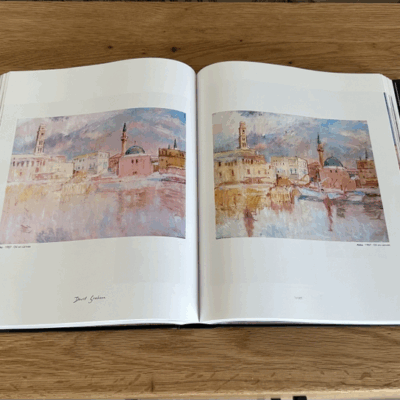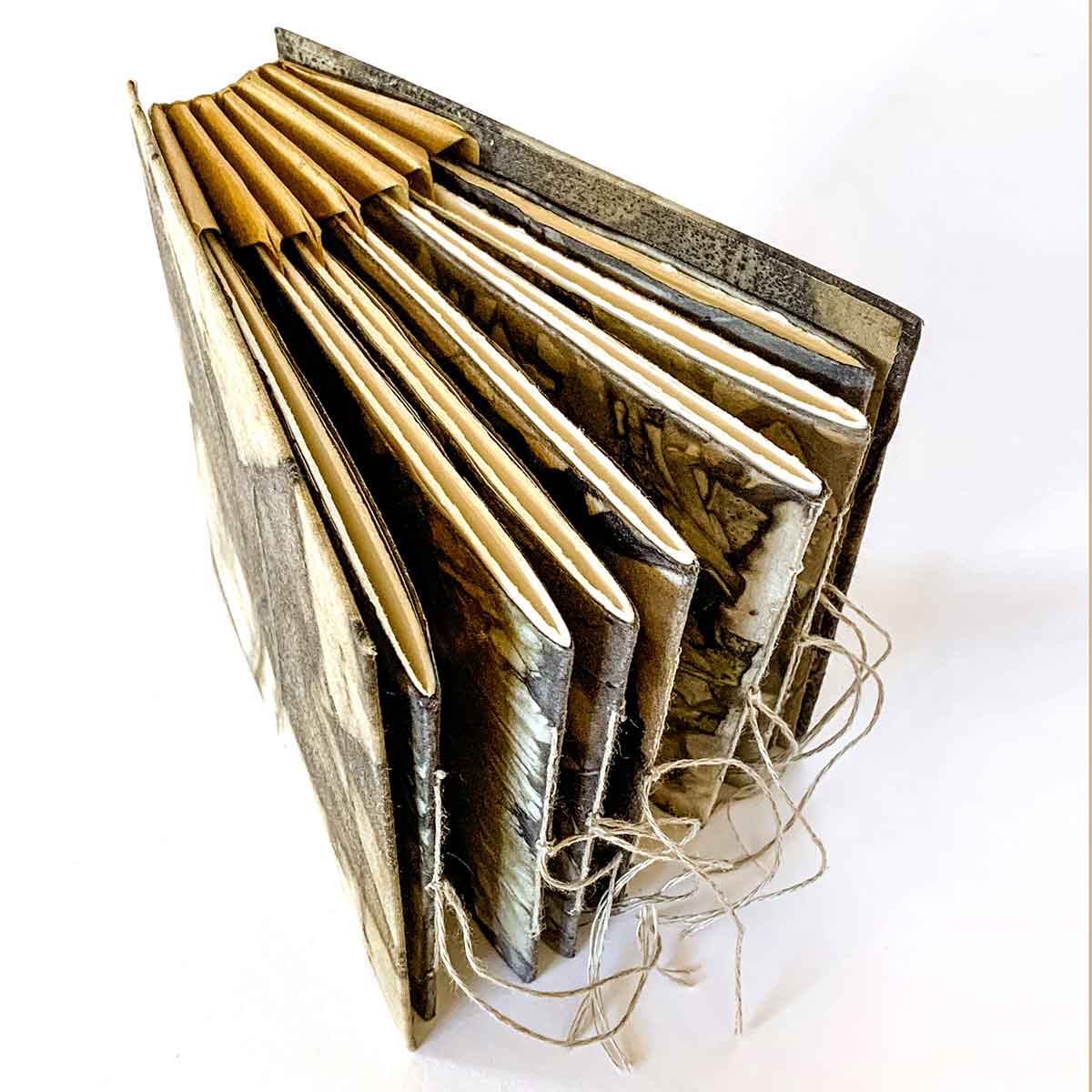Professional Approaches to Improve Your art book Print Quality
Professional Approaches to Improve Your art book Print Quality
Blog Article
Recognizing the Refine Behind Top Quality Art Book Printing for Art Lovers
When it comes to premium art book printing, recognizing the ins and outs of the procedure can raise your recognition for the last product. As you explore the different elements of art book printing, you'll reveal understandings that could transform your point of view on art preservation and discussion.
The Relevance of Paper Selection in Art Book Printing
When it pertains to art book printing, the option of paper can make or damage the end product. You desire your art work to radiate, and the best paper boosts color vibrancy and information. Take into consideration variables like weight, structure, and finish; these aspects significantly impact how readers regard your job.
As an example, a larger stock communicates high quality and resilience, while a textured coating can add deepness to photos. Smooth paper is superb for detailed recreations, enabling fine lines and refined shades to show up crisp.
Don't ignore the paper's illumination; a brighter sheet can aid colors pop, making your art a lot more distinctive. You'll likewise desire to think of just how the paper engages with inks and whether it can manage the printing process without contorting or bleed-through. Eventually, choosing the right paper sets the stage for your art, guaranteeing it captures the target market's focus just as you envisioned.
Selecting the Right Inks for Vivid Recreations
Picking the right inks is equally as crucial as picking quality paper to achieve vibrant reproductions in your art book. When you're printing artwork, you want colors that pop and properly stand for the initial item. Choose inks with a high pigment focus; these often tend to create richer and more saturated colors.
You may consider utilizing historical inks, which resist fading in time, guaranteeing your art book continues to be as striking as the day it was published. If you're collaborating with pictures or electronically produced art, pigment-based inks can offer a bigger shade gamut, boosting information and depth.
Don't ignore the surface! Matte and glossy inks can substantially change the appearance of your art work, so think of the look you're intending to achieve - art book. Eventually, the best ink option complements your paper selection, developing a sensational aesthetic experience for your visitors
The Function of Shade Management in Publish Quality
Shade management plays a necessary function in attaining high print high quality for your art book. It guarantees that the shades you see on your screen convert properly to the published page. Without efficient shade management, your vivid artworks might appear plain or distorted, undermining your imaginative vision.
To start, calibrate your monitor routinely. This step aids preserve constant shade representation. Next, use shade accounts tailored for your printer and paper type. These accounts guide the printer in replicating shades accurately, lowering discrepancies between electronic and published variations.
When you prepare your documents, think about making use of a color area like Adobe RGB or CMYK, depending upon your printer's specs. Always evidence your job, also; an examination print can expose any kind of prospective color problems before the final run. By prioritizing color management, you protect the stability of your art, guaranteeing your target market experiences it as you meant.

Comprehending Different Binding Methods
Accomplishing the excellent appearance for your art book exceeds shade management; binding techniques also play a substantial role in its total discussion and durability. You have several choices to assess, each with its own distinct characteristics.
If you're going for a specialist feeling, case binding provides a durable choice with a Going Here tough cover, excellent for showcasing your art work. On the various other hand, best binding provides a versatile spine while maintaining prices down, making it a popular choice for softcover publications.
Spiral binding enables your art book to lay flat, which is terrific for showing photos without obstruction. Saddle stitching is ideal for smaller sized brochures, providing a tidy coating without the mass.
Eventually, the binding method you select ought to show your creative vision and how you desire visitors to involve with your work. Make certain to consider these options meticulously to achieve the very best end result for your project.
The Effect of Publish Dimension and Layout on Presentation
While the option of print dimension and format might seem second to content, they substantially affect exactly how your artwork is perceived. The measurements of your prints can either improve or decrease the effect of your pieces. Larger prints can attract audiences in, enabling them to appreciate intricate information, while smaller sized layouts might call for even more intimate engagement.

Conservation Methods for Resilient Art Books
To ensure your art books stand the examination of time, it's important to apply efficient conservation methods. Use acid-free storage boxes or protective sleeves to secure them from dust and physical damage.
When handling your publications, always clean your hands or put on cotton gloves to prevent oils and dirt moving onto the pages. Prevent flexing or creasing the backs; rather, use book sustains when showing them.
For added defense, take into consideration purchasing archival-quality materials for any repair work or improvements. On a regular basis check your collection for indicators of wear or damages, attending to problems promptly. By complying with these simple approaches, you can ensure your art publications continue to be dynamic and easily accessible for several years to come, preserving their appeal and value for future generations.
Working together With Printers for Optimal Results
When you prepare to print your art book, choosing the ideal printer is important to achieving your vision. Clear interaction concerning your expectations and needs will certainly aid ensure that both you and the printer get on the same web page. Let's check out exactly how to make this partnership as smooth and efficient as possible.
Choosing the Right Printer

Reliable Communication Methods
Efficient interaction is important for transforming your art book vision right into truth, especially when working together with printers. art book. Beginning by clearly outlining your job's goals, consisting of layout elements, preferred products, and any certain printing methods. Do not wait to share your ideas and recommendations; this assists the printer understand your visual
Be open to comments, as printers frequently have useful insights that can improve your job. This partnership will guarantee that your art book satisfies your expectations and beams in its final type.
Often Asked Questions
What Are Usual Mistakes to Avoid in Art Book Printing?
When printing your art book, prevent common errors like bad resolution photos, inaccurate shade accounts, and ignoring page format. Don't forget to check and confirm information to validate your end product satisfies your assumptions.
Just How Does Digital Printing Differ From Typical Printing Methods?
Digital printing utilizes digital files to develop prints straight, permitting quicker turnaround and customization. In contrast, conventional approaches entail physical plates, which can be time-consuming and less adaptable for little runs or distinct layouts.
What Is the Common Turn-around Time for Art Book Printing?
The common turnaround time for art book printing differs, however you can anticipate it to take anywhere from a couple of weeks to several months. Variables like intricacy, amount, and printing technique all affect this timeline.
Can I Print a Minimal Edition Art Book Financially?
You can publish a restricted edition art book financially by selecting economical products, optimizing print runs, and making use of digital printing alternatives. Cautious planning and budgeting will aid you achieve quality without spending too much.
What Are the Environmental Factors To Consider in Art Book Printing?
When taking into consideration art book printing, you ought to consider eco-friendly products, lasting inks, and energy-efficient processes (art book). Picking regional printers can likewise reduce your carbon footprint, making your task both beautiful and environmentally liable
Report this page